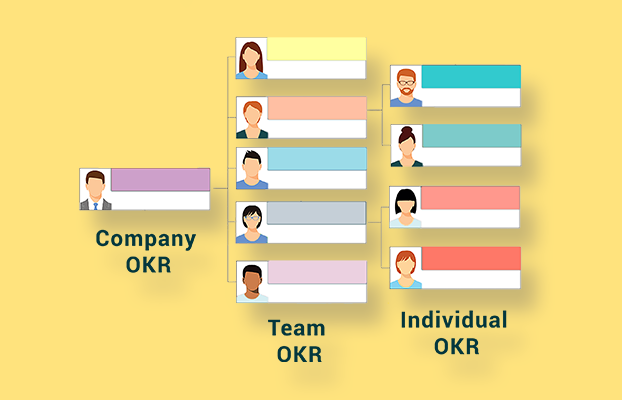On-Time Delivery (OTD) is a key performance indicator (KPI) that calculates the number of sales or projects delivered to clients or stakeholders on or before the deadline given. It is an important metric to measure operational effectiveness, customer satisfaction, and overall success in organizations including production, distribution, and services. Essentially, it measures how successfully you keep your word to buyers.
Here's how the OTD is calculated:
OTD Rate = (Number of orders delivered on time / Total number of orders delivered) x 100%.
A high OTD suggests that supply chains are trustworthy and a positive interaction with customers. On the other hand, low OTD can lead to dissatisfied customers, lost sales, and a negative image.

Using OKRs to Track OTD
OKRs (Objectives and Key Results) can be a successful tool for setting and tracking on-time delivery goals. Here's how.
1.Objective Setting:
Objectives Increase on-time delivery rate.
Set a clear goal for improving On-Time Delivery performance in the organization. The aim ought to represent the overall goal of guaranteeing that customers receive products or services on time.
2.Key Results Establishment:
- Achieve a 95% on-time delivery rate on all orders/projects over the present quarterly.
Assign a specific number of orders or projects that must be delivered on time. - Reduce average time to completion by 10% from the previous quarter.
Concentrate on reducing the amount of time it takes from order placed to delivery, with the goal of increasing performance. - Set a customer feedback system to assess satisfaction with delivery timeliness, aiming for a score of 4.5 out of 5.
Collect feedback from clients to make sure that On-Time Delivery meets their standards and satisfaction.
3.Alignment Across Teams:
Distribute On-Time Delivery OKRs throughout the organization to ensure coordination between every teams engaged in the delivery process, such as production, distribution, and service to customers.
Every team can come up with their own OKRs that coincide with the main goal, helping to improve On-Time Delivery success.
4.Regular Check-Ins and Progress Tracking:
Perform regular check-ins to keep track of progress toward fulfilling the On-Time Delivery OKRs. These periodic check-ins might be regularly scheduled meetings in which teams review their efforts, issues, and areas for development.
Use OKR monitoring tools or software to monitor Key Results in real time, enabling for immediate pinpointing of areas that require focus or correction.
5.Iterative Improvement:
Encourage an approach of continuous improvement by iterating on OKRs based on performance data and feedback. If specific Key Results are not met, analyze the roots of the problem and alter the approach for the next OKR cycle.
Celebrate victories and honor teams who contributed to better On-Time Delivery performance, upholding a cycle of positive feedback.
Using the OKR framework, organizations are able to set high-level objectives, measure development with accessible Key Results, create collaboration among employees, and achieve constant enhancement in On-Time Delivery performance, eventually increasing customer satisfaction and Organization success.